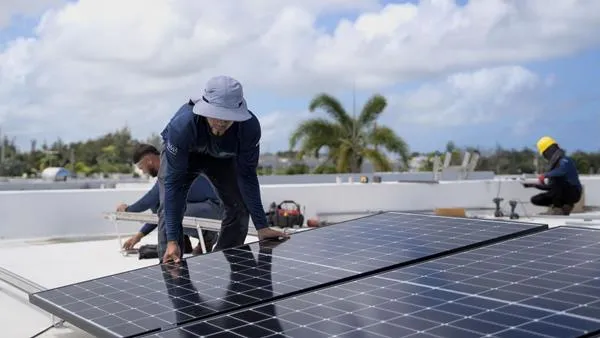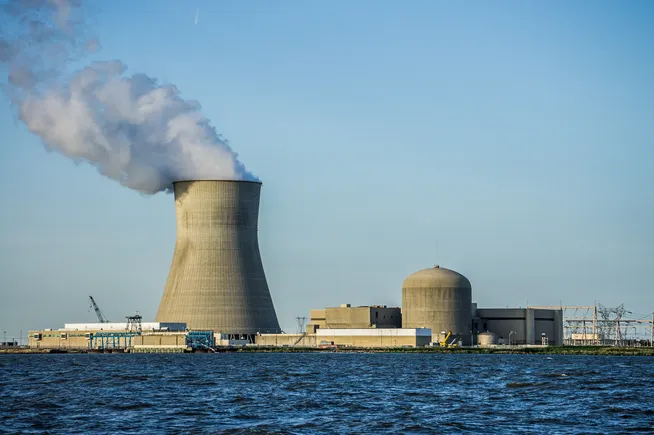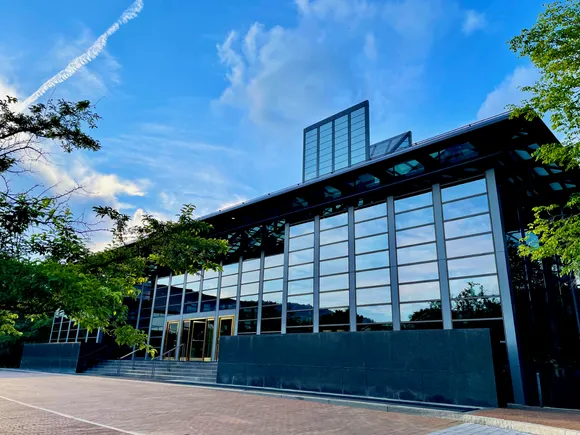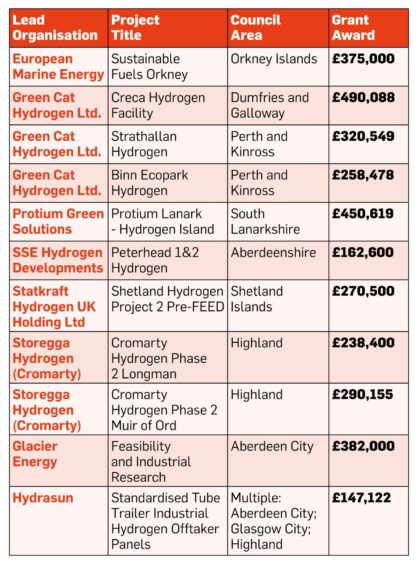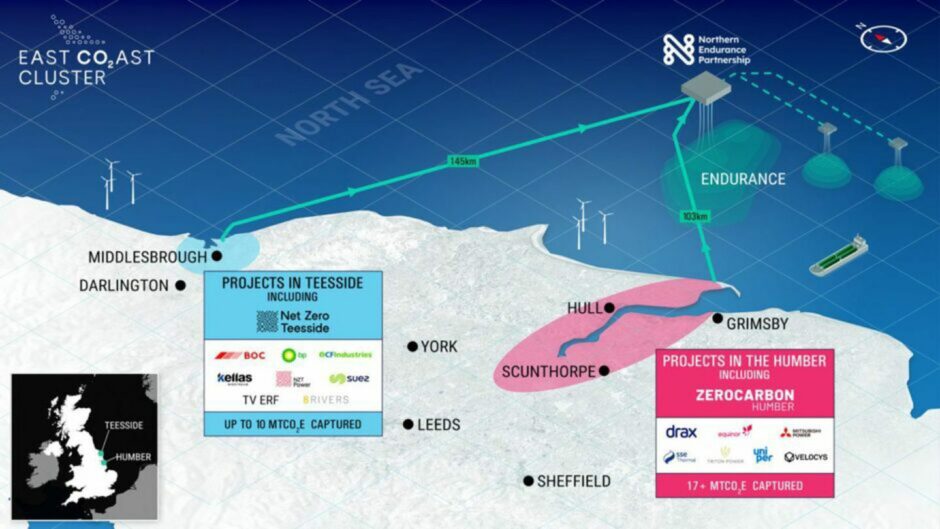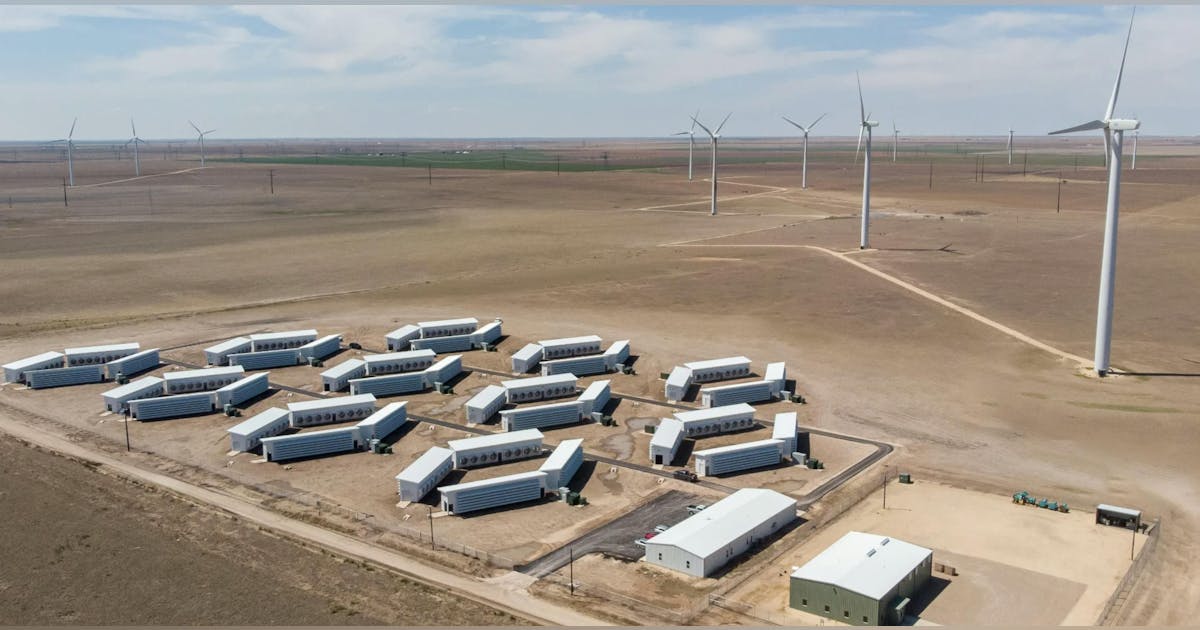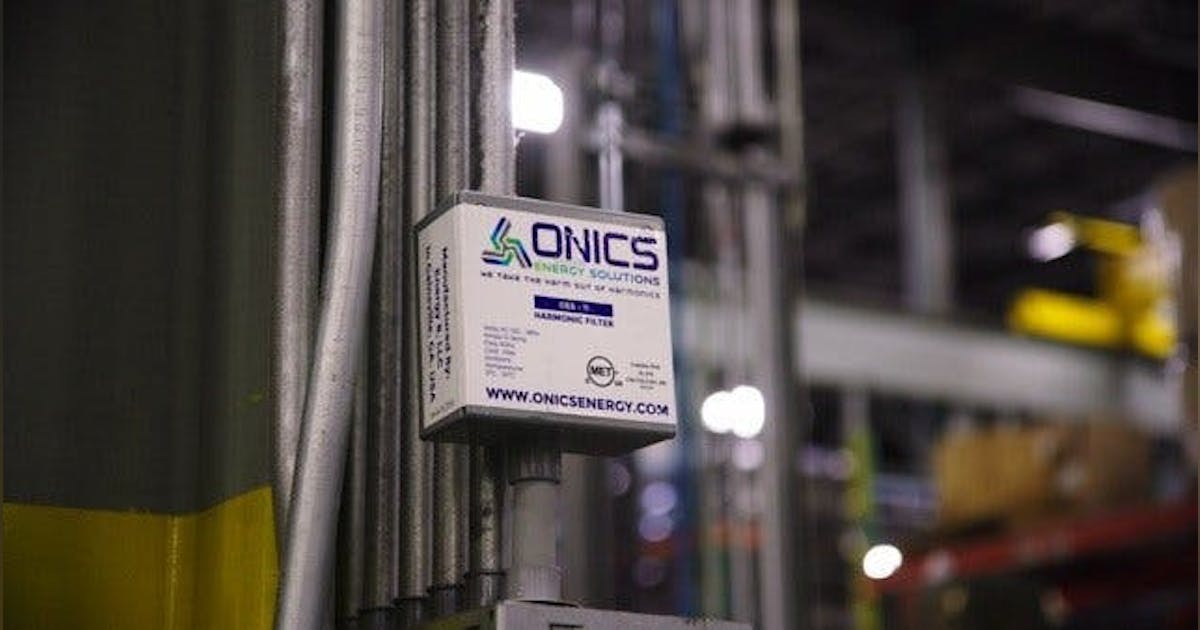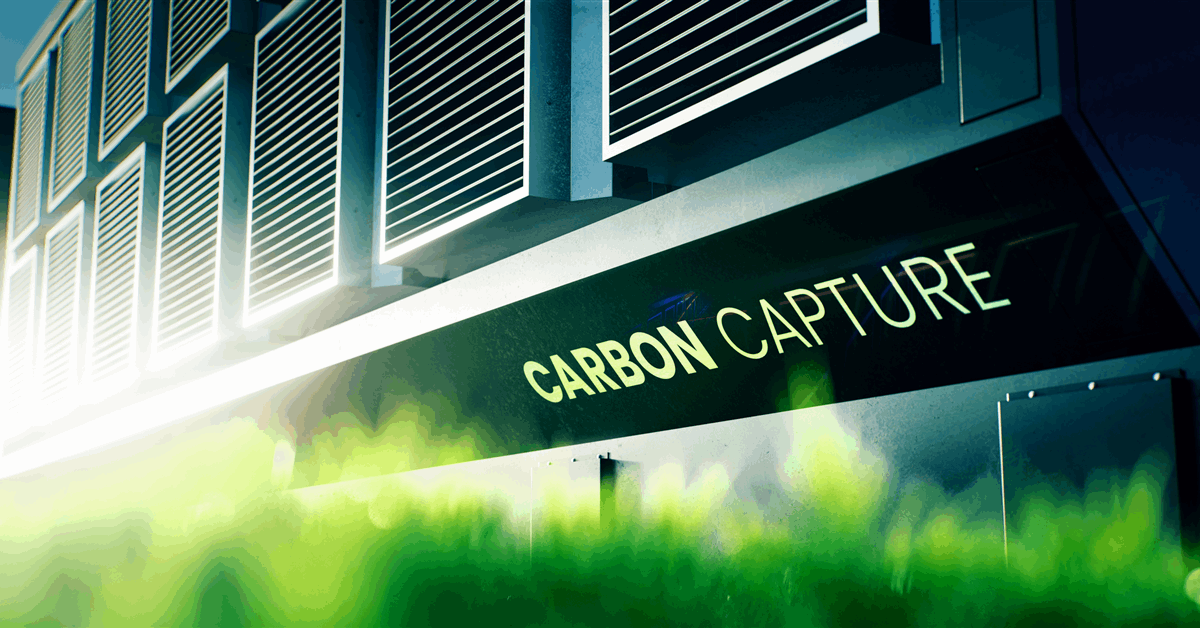
Houston, Texas-based HYCO1, Inc. said it has signed a memorandum of understanding (MoU) with Malaysia LNG Sdn. Bhd. (MLNG) to collaborate on a project for the potential utilization and conversion of 1 million tons per annum (mtpa) of carbon dioxide (CO2).
The carbon capture and utilization (CCU) project will be located in Bintulu in Sarawak, Malaysia, the location of PETRONAS subsidiary Malaysia LNG, which is the CO2 supplier for the project. Bintulu is one of the oil and gas regions of Malaysia and has been recognized as an emerging global low-carbon industrial hub, HYCO1 said in a news release.
Malaysia LNG plans to supply an initial of 1 mtpa of raw CO2 to HYCO1 for a term of 20 years, beginning no later than 2030. The CCU plant is expected to be completed by 2029, according to the release.
The two companies expect the project to become one of the largest CO2 utilization projects in history, HYCO1 said. Unlike traditional efforts focused solely on CO2 capture and high-cost sequestration, the company said the project “pioneers a new approach by fully utilizing captured CO2 emissions to profitably and competitively generate valuable products”.
Under the MoU, the two companies will conduct a joint feasibility study to evaluate design alternatives to produce low-cost, low-carbon syngas that best meets demand from a wide range of potential downstream syngas users.
The project will use HYCO1’s CUBE technology, which uses CO2 as a primary feedstock to displace higher cost natural gas to produce equivalent industrial-grade syngas in customizable ratios of hydrogen (H2) and carbon monoxide (CO), according to the release.
“This is very exciting for all stakeholders, including HYCO1, MLNG, and PETRONAS, and will benefit all Malaysians,” HYCO1 CEO Gregory Carr shared. “We approached PETRONAS and MLNG in the hopes of helping them solve their decarbonization needs, and we feel honored to collaborate with MLNG to meet their Net Zero Carbon Emissions (NZCE) by 2050. Our revolutionary process and catalyst are game changers in decarbonization because not only do we prevent CO2 from being emitted into the atmosphere, but we transform it into highly valuable and usable downstream products,” says Mr. Carr.
HYCO1 describes itself as the only CO2 utilization company in the world that “cost-effectively captures industrial CO2 emissions from the source and turns them into high-value, sustainable products at lower cost than today’s gray processes and without the need for government incentives”. The company’s reformers are designed to convert 100 percent of the CO2 feed gas into valuable syngas, it said.
HYCO1 said its CUBE technology converts and utilizes nearly 100 percent of CO2 feed in a single reactor pass, resulting in low-cost, low-CI, high-grade syngas (H2 and CO) at commercial scale. Such major energy transition milestones have never been achieved before.
In February, UBE Corporation held a groundbreaking ceremony today for a dimethyl carbonate (DMC) and ethyl methyl carbonate (EMC) plant near New Orleans, Louisiana, which will be supplied with syngas by HYCO1. The facility will be focused on sustainable battery materials production for the rapidly growing electric vehicle (EV) market.
“This groundbreaking is more than just turning dirt—it represents a major leap forward in low-carbon syngas innovation, specifically the world’s lowest cost carbon monoxide (CO) and hydrogen (H₂) production plant, setting the stage for sustainable, efficient, and cost-effective production of EV battery electrolytes in the industry,” Carr said in an earlier statement.
To contact the author, email [email protected]
WHAT DO YOU THINK?
Generated by readers, the comments included herein do not reflect the views and opinions of Rigzone. All comments are subject to editorial review. Off-topic, inappropriate or insulting comments will be removed.
MORE FROM THIS AUTHOR





